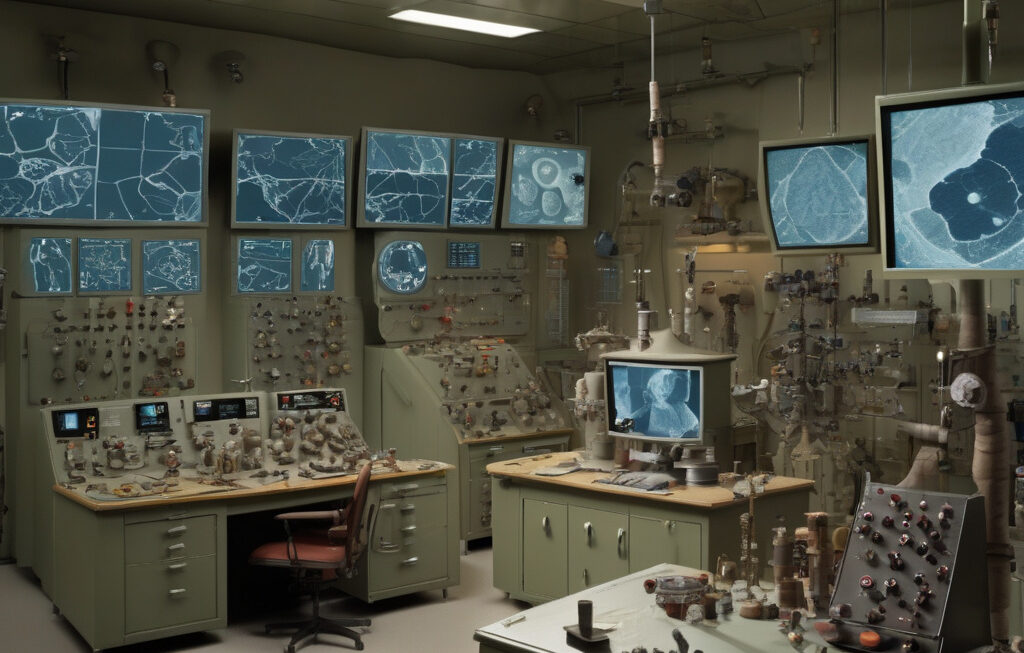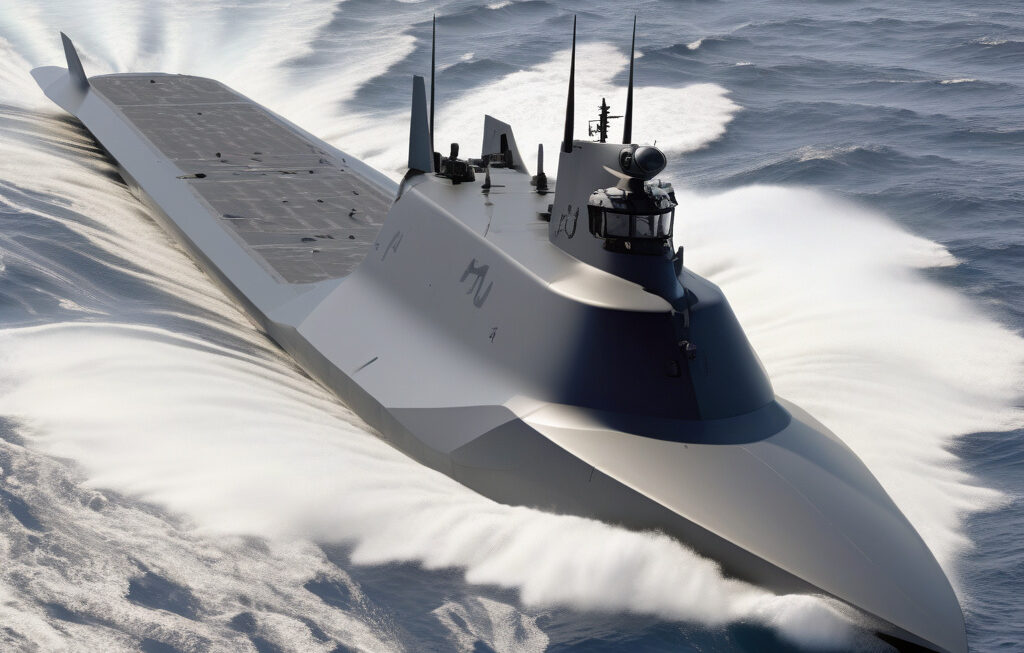Nuclear Bomb Impact Models: Revisiting for a Real Understanding of Disaster Risk
The world has seen the devastation caused by the two atomic bombs that were dropped on Hiroshima and Nagasaki in 1945. The immense destruction and loss of life that followed served as a stark reminder of the catastrophic power of nuclear weapons. Decades later, the threat of nuclear warfare still looms large, with many countries possessing these weapons of mass destruction.
In recent years, there has been a growing concern about the accuracy of the models used to predict the impact of nuclear bombs. A new report suggests that these models may not fully capture the real disaster risk posed by these weapons. It is crucial that we revisit and reassess these models to ensure that we have a clear understanding of the potential consequences of a nuclear attack.
One of the key issues highlighted in the report is the outdated nature of the current models. Many of these models were developed decades ago, based on data from nuclear tests conducted during the Cold War. Since then, the technology and capabilities of nuclear weapons have advanced significantly, making the old models obsolete. In order to accurately assess the risk of a nuclear disaster, we need to update these models to reflect the current state of nuclear weaponry.
Another important factor that the report addresses is the potential impact of a nuclear bomb on the environment. In addition to the immediate devastation caused by the blast and heat of the explosion, there are long-term consequences to consider. A nuclear attack could result in widespread radioactive contamination, leading to health issues for survivors and long-lasting environmental damage. By revisiting our impact models, we can better understand the full scope of the disaster risk posed by nuclear weapons.
Furthermore, the report emphasizes the need for international cooperation in addressing the threat of nuclear warfare. The consequences of a nuclear attack know no borders, and it is in the interest of all nations to work together to prevent such a catastrophe. By improving our understanding of the risks involved, we can take steps to reduce the likelihood of a nuclear disaster and mitigate its impact if it were to occur.
In conclusion, the report highlights the importance of revisiting nuclear bomb impact models to gain a more accurate understanding of the disaster risk posed by these weapons. By updating these models and taking into account the latest advancements in nuclear technology, we can better prepare for and prevent the devastating consequences of a nuclear attack. It is essential that we act now to ensure a safer and more secure future for all.
nuclear weapons, disaster risk, impact models, international cooperation, nuclear warfare.












